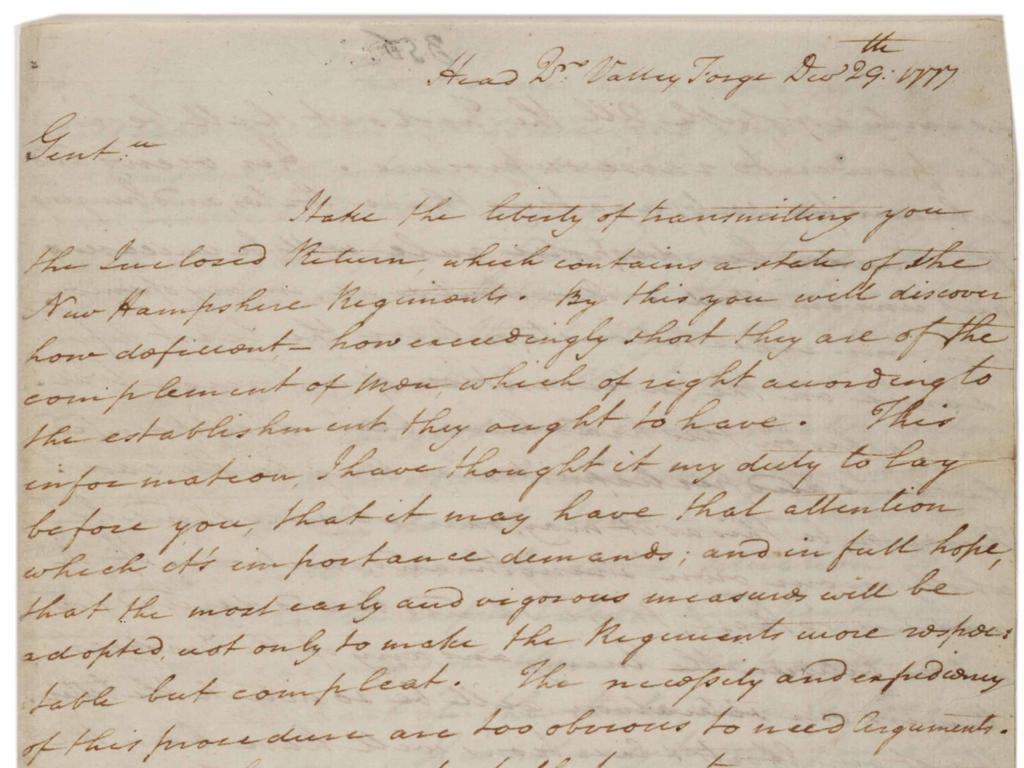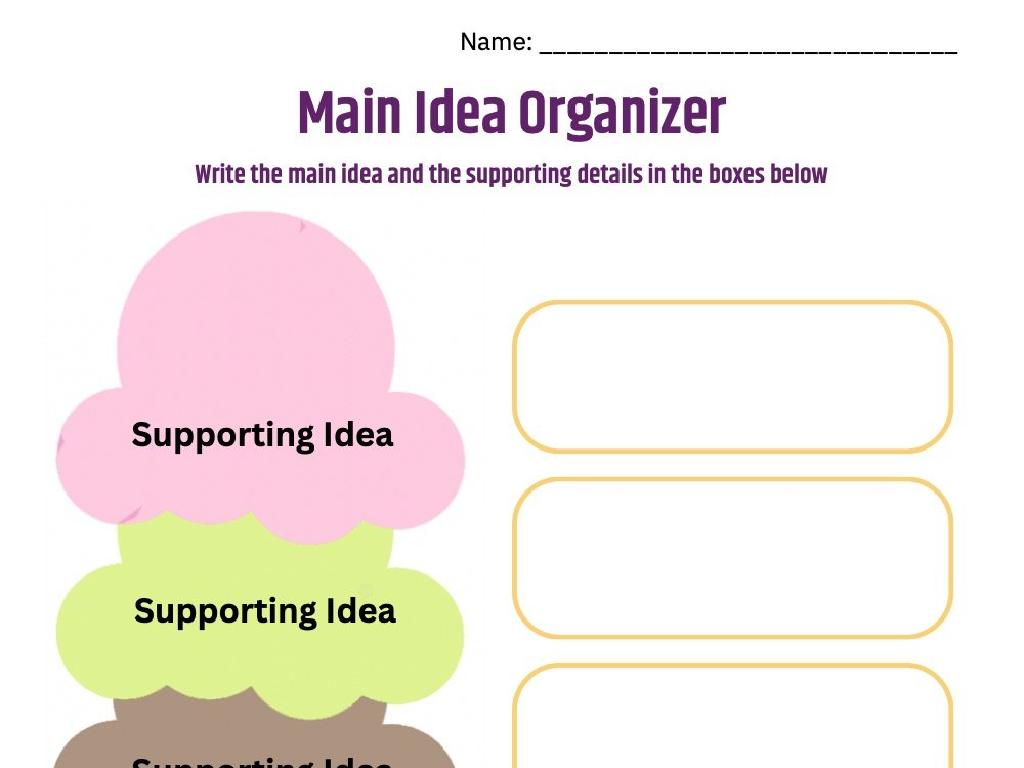The American Flag
Subject: Social studies
Grade: Fifth grade
Topic: American Symbols, Landmarks, And Monuments
Please LOG IN to download the presentation. Access is available to registered users only.
View More Content
Understanding American Symbols
– Exploring national identity
– The meaning of symbols
– Symbols represent ideas, values, or history
– Symbols’ role in society
– They unite people & instill pride
– Preview of American icons
|
This slide introduces the concept of national identity and the importance of symbols in representing the values, traditions, and history of a country. Discuss what symbols are and why they hold significance, emphasizing how they can unite people and foster a sense of pride and belonging. Provide a brief preview of the various symbols, landmarks, and monuments that students will learn about, highlighting the American flag as a key symbol of the United States. Encourage students to think about symbols in their own lives and how they contribute to their sense of identity.
The American Flag: A National Symbol
– Symbol of the United States
– Represents freedom and democracy
– Brief history of the flag
– Originated in 1777, evolving over time
– Significance of stars and stripes
– 50 stars for states, 13 stripes for original colonies
– Respect and etiquette for the flag
– Guidelines for handling and displaying the flag
|
The American flag is a powerful symbol of our country’s values, history, and people. It stands for freedom, democracy, and the pursuit of happiness. The flag’s history began on June 14, 1777, and it has undergone changes to include more stars as the nation expanded. Each of the 50 stars represents a state, while the 13 stripes remind us of the original colonies that fought for independence. It’s important to teach students the proper respect and etiquette for handling and displaying the American flag, as it is a significant emblem of our nation’s identity. Encourage students to learn the Pledge of Allegiance and understand the meaning behind the words as they relate to the flag.
The Design of the American Flag
– Significance of 50 stars
– Each star represents a state in the USA.
– Meaning behind 13 stripes
– 13 stripes symbolize the original Thirteen Colonies.
– Symbolism of flag colors
– Red for valor, white for purity, blue for justice.
– Evolution of the flag’s design
– The flag has been updated for new states.
|
This slide delves into the elements that make up the American flag, a key symbol of the nation’s identity. The 50 stars on the flag represent the current 50 states of the Union, while the 13 stripes remind us of the original Thirteen Colonies that declared independence from British rule. The colors red, white, and blue stand for important national values: valor and bravery, purity and innocence, and vigilance, perseverance, and justice, respectively. Over time, as the nation grew with the admission of new states, the flag’s design was updated to reflect these changes. The current 50-star flag has been in use since Hawaii joined the United States in 1960. Encourage students to reflect on how the flag’s design tells a story of the nation’s history and growth.
Flag Etiquette and Customs
– Proper flag display and handling
– Always display the flag with the union (blue field of stars) at the top left.
– Significance of flag ceremonies
– Flag ceremonies honor our nation and those who serve it.
– Respecting the flag: Do’s and Don’ts
– Do: Salute the flag during the pledge. Don’t: Let the flag touch the ground.
|
This slide aims to educate students on the importance of respecting the American flag by understanding the proper etiquette for its display and handling. Discuss the correct ways to hang the flag, emphasizing the position of the union. Explain the purpose of flag ceremonies, such as showing respect for our country and recognizing the service of military members. Go over the important do’s, such as saluting or standing during the national anthem, and the don’ts, like using the flag for advertising purposes. Encourage students to think about why these customs are important and how they reflect our values as a nation.
Understanding The Pledge of Allegiance
– The Pledge’s words and meanings
– ‘I pledge allegiance’ means a promise of loyalty to the United States.
– Historical background of the Pledge
– Written in 1892, the Pledge has been revised to reflect unity and patriotism.
– Proper times for reciting the Pledge
– Typically recited in schools, events, and government meetings.
– The etiquette of Pledge recitation
– Stand up, right hand over heart, and remove hats if wearing any.
|
This slide aims to educate students on The Pledge of Allegiance, an important aspect of American heritage. Begin by explaining the meaning of the Pledge, phrase by phrase, to ensure students understand the commitment they make when reciting it. Discuss the historical context, including its creation and subsequent adaptations. Highlight the occasions when the Pledge is recited, such as at the beginning of the school day, and describe the respectful posture and attention required during its recitation. Encourage students to think about what the Pledge means to them personally and to the nation.
Other Important American Symbols
– The Bald Eagle: America’s Strength
– Represents courage and freedom; national bird of the USA.
– The Liberty Bell: A Symbol of Independence
– Famous for its crack; represents liberty and the American Revolutionary War.
– Mount Rushmore: Honoring Leaders
– Features faces of four US presidents; symbolizes leadership and democracy.
– Understanding Symbols of Freedom
|
This slide introduces students to other significant American symbols alongside the American flag. The Bald Eagle is a powerful emblem of the nation’s freedom and strength. The Liberty Bell, with its distinctive crack, is an iconic representation of American independence and the historical events of the Revolutionary War. Mount Rushmore showcases the faces of four influential presidents, serving as a monument to leadership and the country’s democratic foundation. Encourage students to reflect on what these symbols mean to them and how they contribute to the identity of the United States. Discuss the importance of symbols in representing shared values and history.
Class Activity: Design Our Classroom Flag
– Discuss symbols for our flag
– Design a flag for our class
– Think about what makes our classroom special
– Present your flag design
– Explain your symbols’ meanings
– Share why you chose each symbol and color
|
This activity encourages creativity and a sense of community within the classroom. Students will brainstorm symbols that represent their classroom or school’s values, interests, or unique characteristics. Provide materials such as paper, markers, and rulers for students to design their flags. Once completed, each student will present their flag to the class, explaining the significance behind their chosen symbols and colors. This will help students understand the symbolism behind the American flag by relating it to symbols that are personally meaningful to them. Possible variations of the activity could include group work to create a single class flag, or individual flags to represent each student’s personal values and identity.






